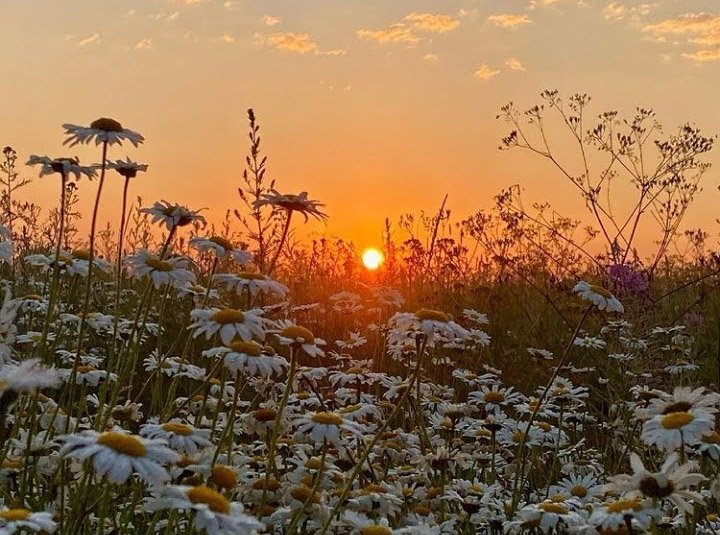
FAMILY: As nursery plants in urbanized conditions give impressive different flower assets to pollinators, the accessibility of botanical assets has changed as an outcome of expanding urbanization. Despite the fact that pollinators frequently scavenge at various locales in light of spatiotemporal varieties in botanical assets, little is thought about the distinctions in pollinator searching among metropolitan and close by common habitats. We checked the rummaging examples of honey bees in open and woodland territories in two regions with and without metropolitan nurseries regarding blossoming phenology and the accessibility of flower assets in every living space. Flower extravagance in the woodland living space diminished as the season advanced, with a top in pre-summer to late-spring, while botanical assets in the open territory expanded late in the season. In this way, flower assets in the open natural surroundings could make up for occasional decreases in timberland botanical assets. In the metropolitan region, which contained green nurseries, botanical wealth in the open natural surroundings was a lot more noteworthy than that in the backwoods territory. This brought about a generally high thickness of honey bees in the open living space in the metropolitan region contrasted and those in the regular region, which needed green nurseries. Appearance recurrence of honey bees to backwoods blossoms diminished as the botanical wealth of the open environment expanded. These outcomes recommend that albeit metropolitan nurseries are significant scrounging destinations for pollinators, the high allure of nursery blossoms diminishes pollinator visits to wildflowers in close by woods. This may bring about diminished fertilization of local blossoms.
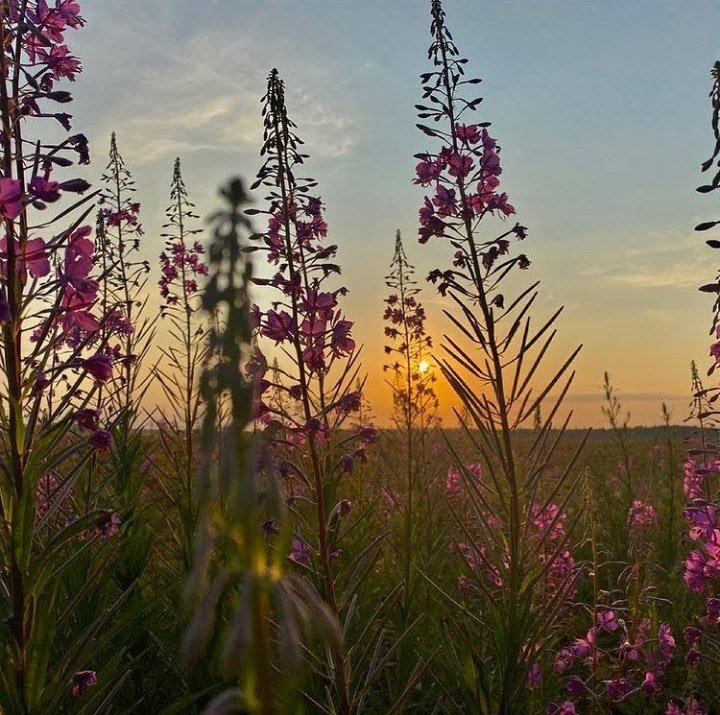
As regular in our lucky piece of the world, indications of spring show up nearly when the indications of fall have gone.
Trees are blasting into new leaf, birds are searching for mates, and little daisies are beginning to open their brilliant eyes.
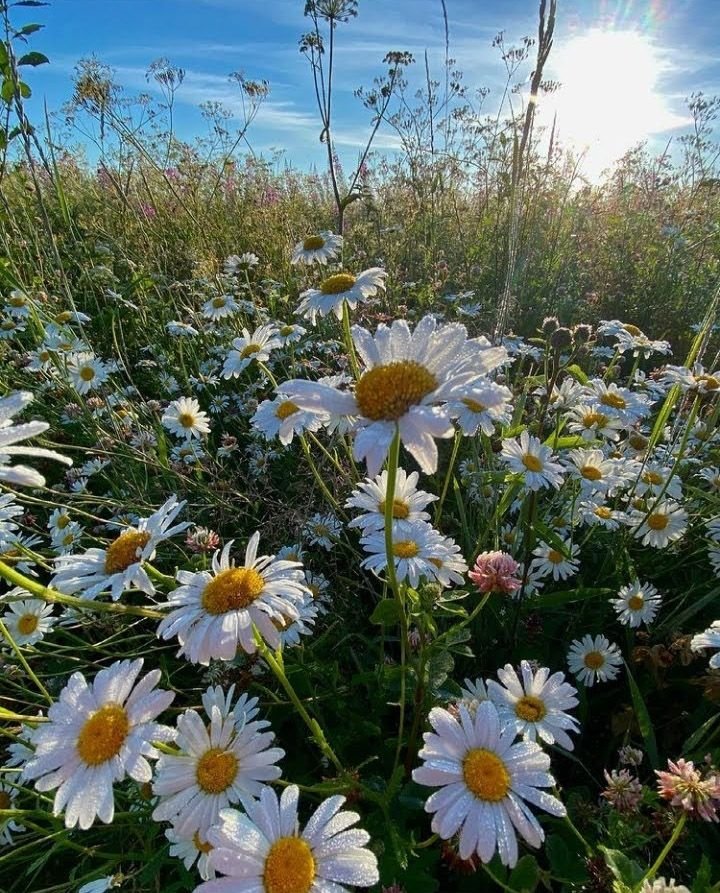
We have so numerous local daisies, that it very well may be hard to distinguish them all. This one, in any case, is particular, with it's indisputable leaf shape, and its (moderately) huge mauve blossoms.
A plant of eucalypt forest on light, all around depleted soil, (for example, at the Bunya Mountains), it's anything but a valuable, lower leg key position cover.
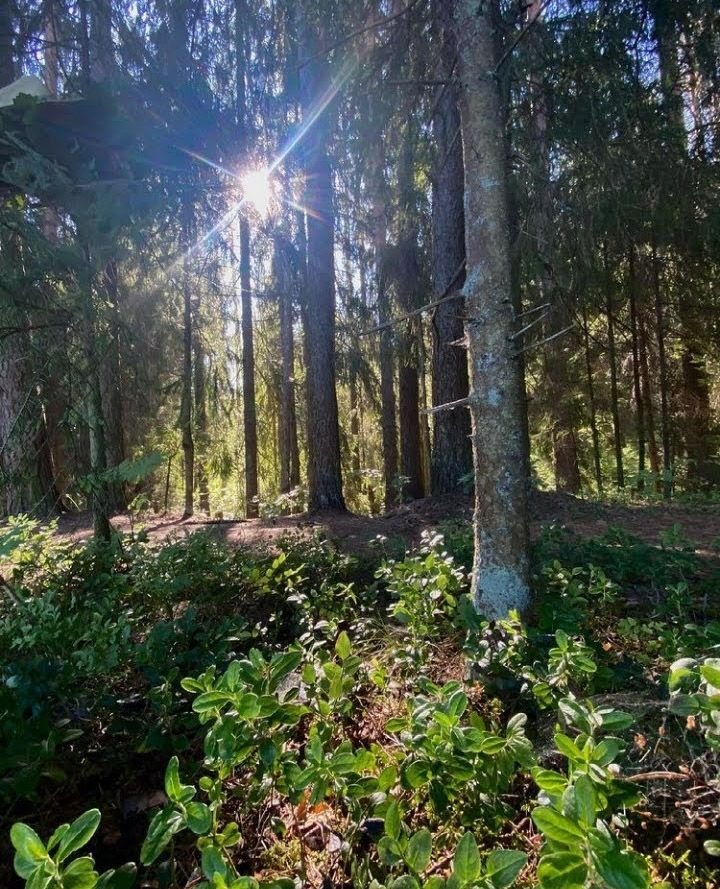
It likes to fill in dappled shade, and where there isn't an excessive amount of contest from different plants.
It is economically accessible (in a few shading structures), however it could be hard to purchase plants of nearby provenance.
When set up, this is a plant that would require little consideration, opposing both dry spell and light ice.
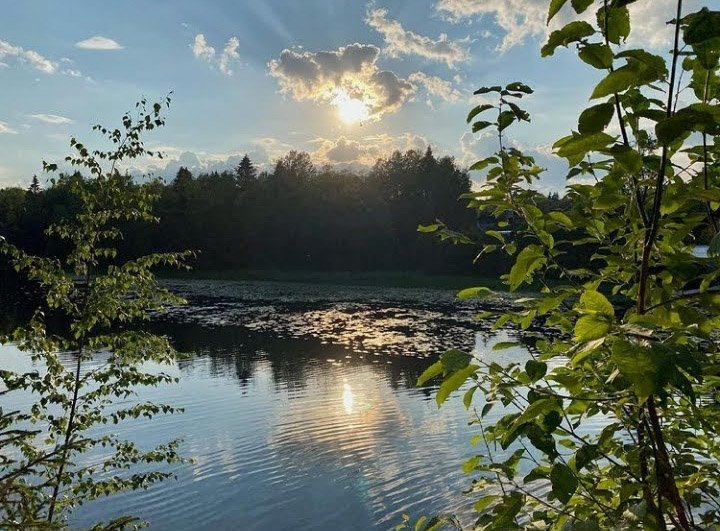
As nursery plants in urbanized conditions give impressive different flower assets to pollinators, the accessibility of botanical assets has changed as an outcome of expanding urbanization. Despite the fact that pollinators frequently scavenge at various locales in light of spatiotemporal varieties in botanical assets, little is thought about the distinctions in pollinator searching among metropolitan and close by common habitats. We checked the rummaging examples of honey bees in open and woodland territories in two regions with and without metropolitan nurseries regarding blossoming phenology and the accessibility of flower assets in every living space. Flower extravagance in the woodland living space diminished as the season advanced, with a top in pre-summer to late-spring, while botanical assets in the open territory expanded late in the season. In this way, flower assets in the open natural surroundings could make up for occasional decreases in timberland botanical assets. In the metropolitan region, which contained green nurseries, botanical wealth in the open natural surroundings was a lot more noteworthy than that in the backwoods territory. This brought about a generally high thickness of honey bees in the open living space in the metropolitan region contrasted and those in the regular region, which needed green nurseries. Appearance recurrence of honey bees to backwoods blossoms diminished as the botanical wealth of the open environment expanded. These outcomes recommend that albeit metropolitan nurseries are significant scrounging destinations for pollinators, the high allure of nursery blossoms diminishes pollinator visits to wildflowers in close by woods. This may bring about diminished fertilization of local blossoms.
Photos of my authorship.
Congratulations @violetdigiacomo2! You have completed the following achievement on the Hive blockchain and have been rewarded with new badge(s) :
Your next target is to reach 400 upvotes.
You can view your badges on your board and compare yourself to others in the Ranking
If you no longer want to receive notifications, reply to this comment with the word
STOPuff you have here great shots, beautiful landscapes and really striking and beautiful flowers, the information you add is both interesting and worrisome, the fact that pollinators stop visiting wild flowers and plants if it can become a problem but hey think that there are enough pollinators to cover everything and if not, think of a remedy to get that under control.
thanks for your contribution to this community, greetings!
Hello thank you very much for your comments, and if not we must have the remedy, otherwise we will cease to exist greetings.
We appreciate your hard work and dedication, your post has been manually curated on behalf of the community PETALS it will be added to the weekly curation report. Thanks and keep up the good work !!